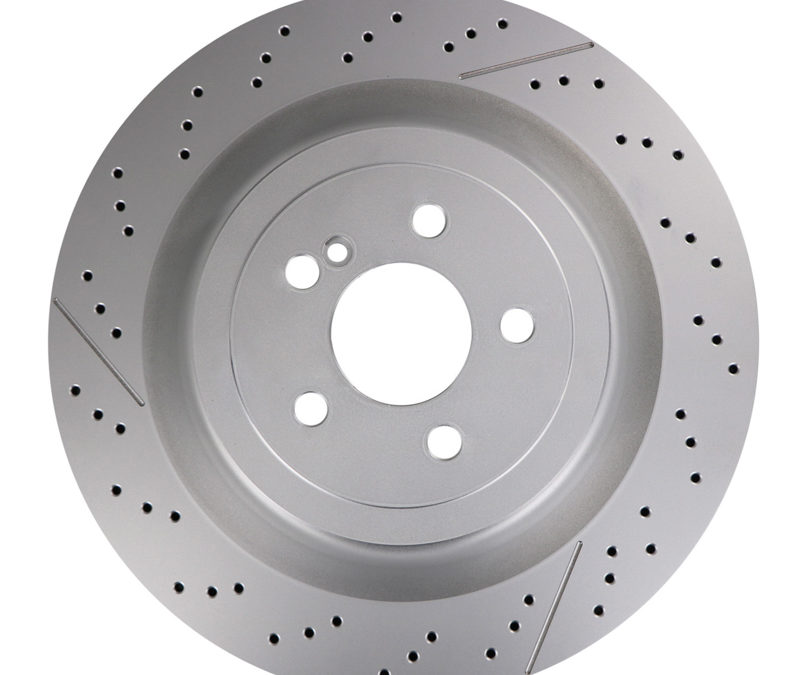Understanding slowing mechanisms is the initial step to understanding the reason for a twisted rotor. At the point when you begin to feel a throb in the brake pedal while slowing down you may have a twisted brake rotor. Different components that may cause this throb is a rust development or a profoundly notched brake rotor. The rust development vibration is as a rule because of the erosion that is permitted to create in light of the fact that a vehicle has sat brake rotors manufacture for a while. A notched brake rotor that prompts brake pedal throb is normally worn to the point that the edges of the cushion wear region on the brake rotor are hitting the edges of the cushion surface unevenly. At the point when the rotor has worn out past its administration limit the metal is too meager to even consider scattering the warmth produced by the slowing down interaction and it can cause twisting.
A totally unique circumstance happens when you have failing brakes following putting in new brake rotors. New rotors can be bought from an assortment of car parts stores, vehicle parts stockrooms, and markdown automobile parts stores, it doesn’t make any difference – as a rule they are of all equivalent quality and once more, essentially all are manufactured abroad, basically China. They can be new execution brake rotors, or new rebate brake rotors. Another rotor can make a brake throb for assortment of reasons. Inappropriate establishment is a typical guilty party. Inability to appropriately support the current brake caliper during another brake rotor and brake cushion establishment can prompt the twisting of brake rotors.
There are a few things that a brake caliper needs so the new rotors and cushions will work appropriately. The brake caliper slider pins need to “slide” to draw in or separate the brake cushions, and the brake cushions must have the option to move openly in the transporters. The brake cushions have a metal support plate, and that metal connects with the metal transporter. This metal on metal contact makes a potential consumption region that unleashes ruin on an appropriately working brake. At the point when a brake work is performed, it is basic that the transporter surface is cleaned. This implies eliminating all the rust. A few transporters can be granulated or sanded, some should be sand impacted in view of the trouble in sanding a portion of the depressions. An enemy of hold onto compound is then used to forestall further erosion between the cushion and transporter. The cushions should have the option to slide uninhibitedly when the brake is discouraged and delivered. The slider pins are the other brake part that should be tended to. The slider pins must be without rust and appropriately lubed, as does the region wherein the pins slide. Something that a many individuals ignore are the rain boots that the pin slides through; and there are a wide range of caliper plans so this is more significant with specific calipers. By and large this rain boot or guide is eliminated and the erosion behind it is sanded down. This erosion fixes the sliding activity of the pin and altogether diminishes the viability of the caliper overhauling.
The reason behind clarifying this caliper adjusting is on the grounds that this is the thing that ordinarily prompts the distorting of brake rotor(s). At the point when the caliper isn’t adjusted or all the more explicitly the sliders don’t slide and the cushions are stalling out to the transporters, quite possibly the brake cushion will persistently rub on the rotor. A brake cushion that connects with the rotor when it shouldn’t will prompt the over warming of the rotor that will at last twist the rotor. Notwithstanding a held onto brake caliper there a few different things that can cause a twisted rotor. At the point when the new brake rotor is set over the studs and seats on the center it needs to sit flush on that center.

